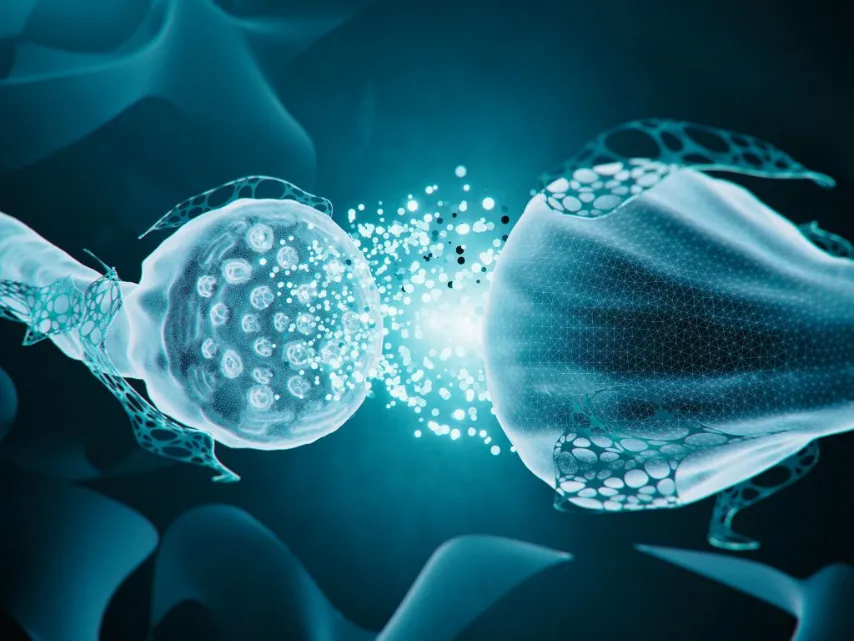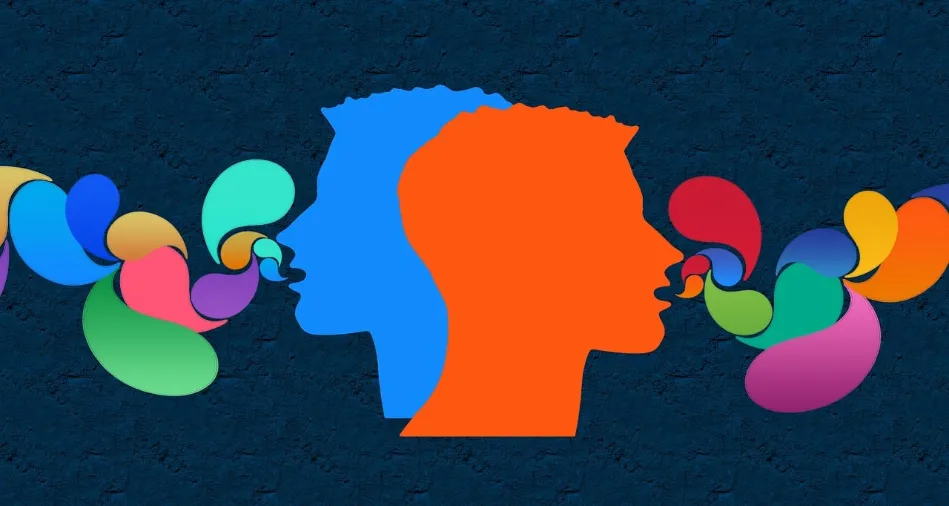[read-time]

Table of Contents
Mirror neurons is a remarkable discovery in the fascinating world of neuroscience. These specialized brain cells play a pivotal role in shaping our ability to empathize, learn, and interact with others. In this article, we’ll unravel the mysteries surrounding mirror neurons and explore how they contribute to building deeper bonds within our social networks.
How mirror neurons work
Mirror neurons are a unique class of brain cells that fire not only when you perform an action but also when you observe someone else executing the same or a similar action. This remarkable phenomenon allows your brain to mirror the actions and experiences of others, creating a neural representation of their behavior. By simulating the observed actions internally, mirror neurons enable you to comprehend and resonate with the experiences of those around you.
The discovery of mirror neurons
The groundbreaking discovery of mirror neurons can be traced back to the early 1990s when a team of neuroscientists at the University of Parma, Italy, led by Giacomo Rizzolatti, were studying the motor cortex of macaque monkeys. Unexpectedly, they found that certain neurons in the monkeys’ brains fired not only when they performed specific actions but also when they observed the same actions being performed by others. This unforeseen finding sparked a new era of research into the neural mechanisms underlying social cognition and interpersonal understanding.
#1 The role of mirror neurons in empathy
One of the most profound implications of mirror neurons lies in their ability to facilitate empathy. Empathy, the capacity to understand and share the feelings of others, is a fundamental aspect of human social interaction. Mirror neurons play a crucial role in this process by allowing you to simulate and internalize the experiences of those around you. When you observe someone experiencing an emotion, the corresponding mirror neurons in your brain fire, creating a neural representation of that emotional state. This internal mirroring enables you to resonate with and comprehend the feelings of others, fostering a deeper sense of connection and understanding – recall the last time you observed a moving scene in a movie!
#2 Mirror neurons and social behavior
Mirror neurons are not limited to facilitating empathy; they also play a significant role in shaping social behavior. By mirroring the actions and emotions of others, mirror neurons contribute to our ability to interpret social cues, understand intentions, and navigate complex social situations. This neural mechanism underpins our capacity for social learning, imitation, and the development of appropriate social responses.
#3 Mirror neurons and learning
The discovery of mirror neurons has shed light on the neural mechanisms underlying learning, particularly in the context of observational learning. When you observe someone performing a task or acquiring a new skill, the corresponding mirror neurons in your brain fire, creating an internal representation of that action or skill. This neural simulation facilitates the learning process, allowing you to more readily internalize and replicate the observed behavior or skill.
#4 Mirror neurons and imitation
Imitation is a fundamental aspect of human development and social interaction, and mirror neurons play a pivotal role in this process. By mirroring the actions of others, mirror neurons enable you to accurately replicate observed behaviors, facilitating the gaining of new skills and the transmission of cultural practices. This neural mechanism contributes to the development of imitation abilities from an early age and continues to shape our capacity for social learning throughout life.
#5 Mirror neurons and understanding intentions
Mirror neurons not only allow you to understand the actions of others but also provide insights into their underlying intentions. When you observe someone performing an action, the corresponding mirror neurons in your brain fire, simulating the neural representation of that action. However, mirror neurons also respond to the perceived intention behind the action, enabling you to infer the goals and motivations of the observed individual.
#6 Mirror neurons and emotional contagion
Emotional contagion refers to the phenomenon where individuals unconsciously adopt and experience the emotions of those around them. Mirror neurons play a crucial role in this process by allowing you to internally simulate and resonate with the emotional states of others. When you observe someone experiencing a particular emotion, the corresponding mirror neurons in your brain fire, creating a neural representation of that emotional state. This internal mirroring facilitates the unconscious transmission and sharing of emotions, contributing to the development of empathy and social cohesion.
#7 Mirror neurons and neuroplasticity
Neuroplasticity refers to the brain’s remarkable ability to reorganize and adapt its neural pathways in response to experiences and environmental stimuli. Mirror neurons are closely linked to neuroplasticity, as their activity can shape and modify neural connections over time. Through repeated observation and imitation of actions and behaviors, mirror neurons can strengthen and refine the corresponding neural pathways, facilitating the procurement and refinement of new skills and behaviors.
Mirror neurons and therapy
The discovery of mirror neurons has opened up new avenues for therapeutic interventions, particularly in the field of rehabilitation and social skill development. In rehabilitation settings, therapists can leverage the power of mirror neurons by demonstrating desired movements or behaviors, allowing patients to internalize and replicate them more effectively. Additionally, mirror neuron-based therapies have shown promise in addressing social deficits associated with conditions like autism spectrum disorder by enhancing imitation skills and promoting social understanding.
The Takeaway
Mirror neurons are a remarkable discovery that has profoundly impacted our understanding of human connections. By enabling us to simulate and internalize the actions, emotions, and intentions of others, these specialized brain cells facilitate empathy, social learning, imitation, and the development of appropriate social responses. As we continue to unravel the mysteries of mirror neurons, we gain valuable insights into the neural mechanisms that underpin our ability to build deeper connections and foster a more compassionate and understanding society.
Ready to dive into the world of personality color traits? Click below to learn more about your own predominant colors.
Please feel free to leave a comment; we’d love to hear from you!











